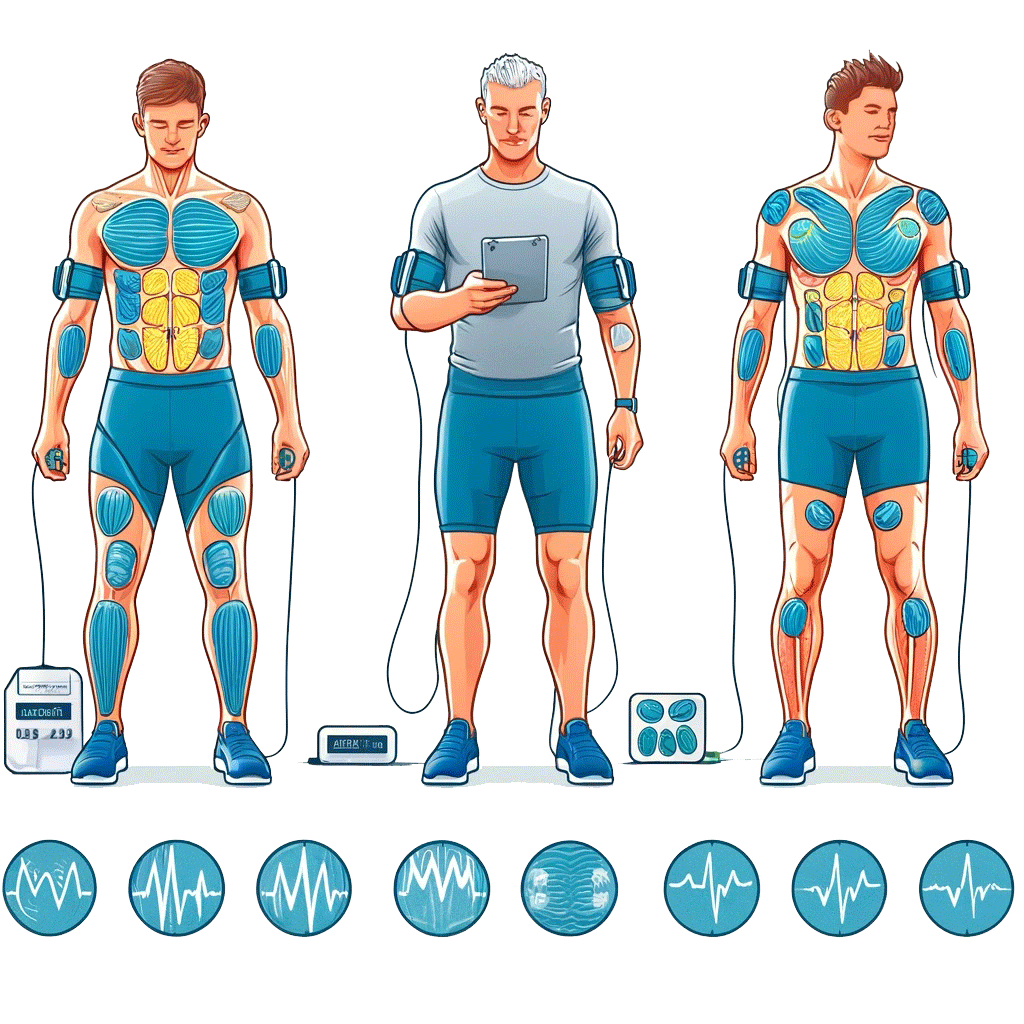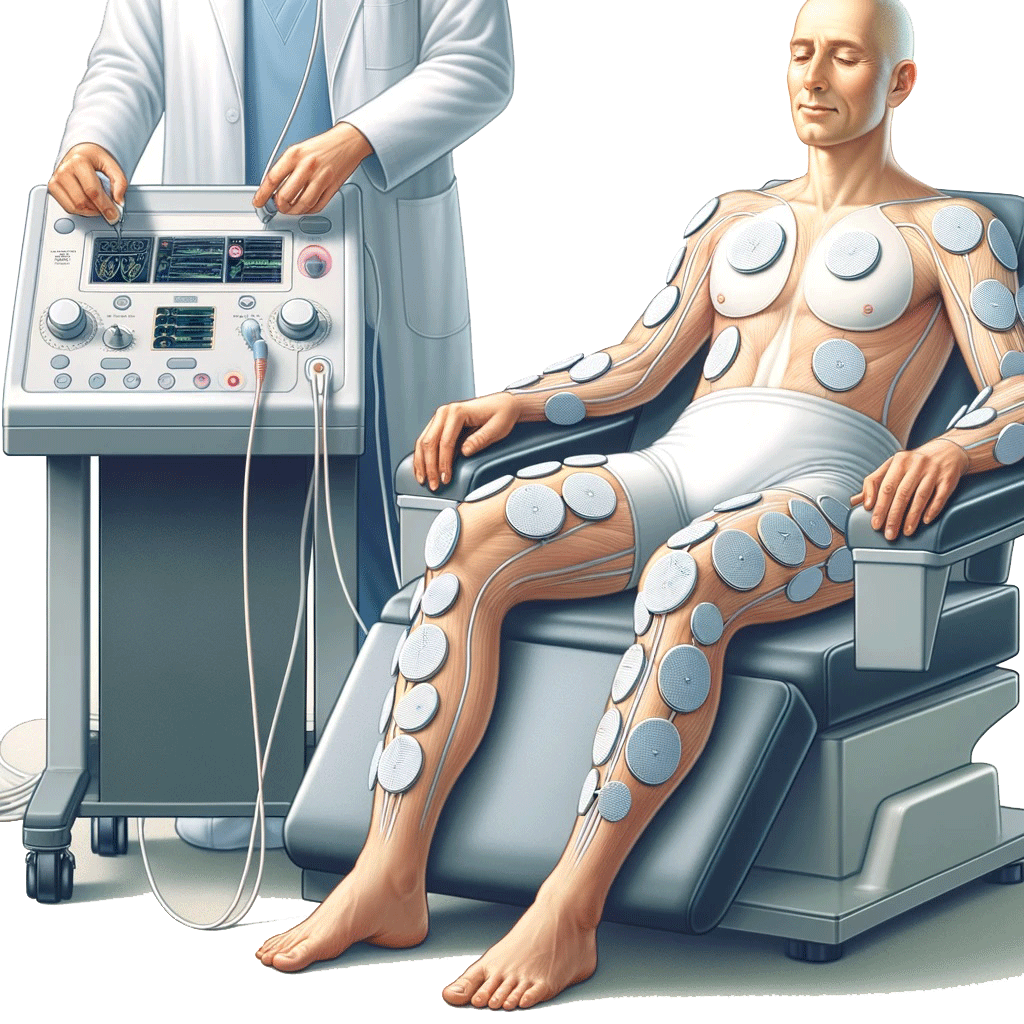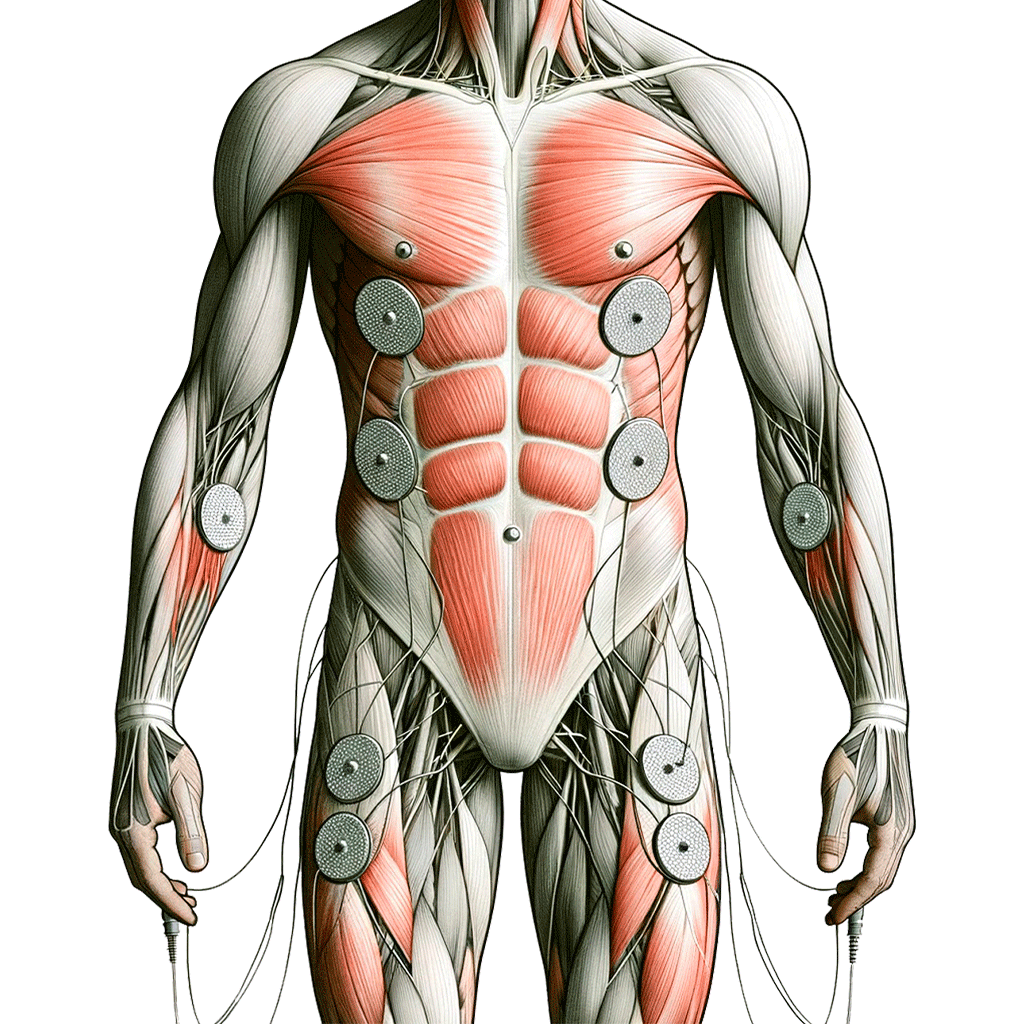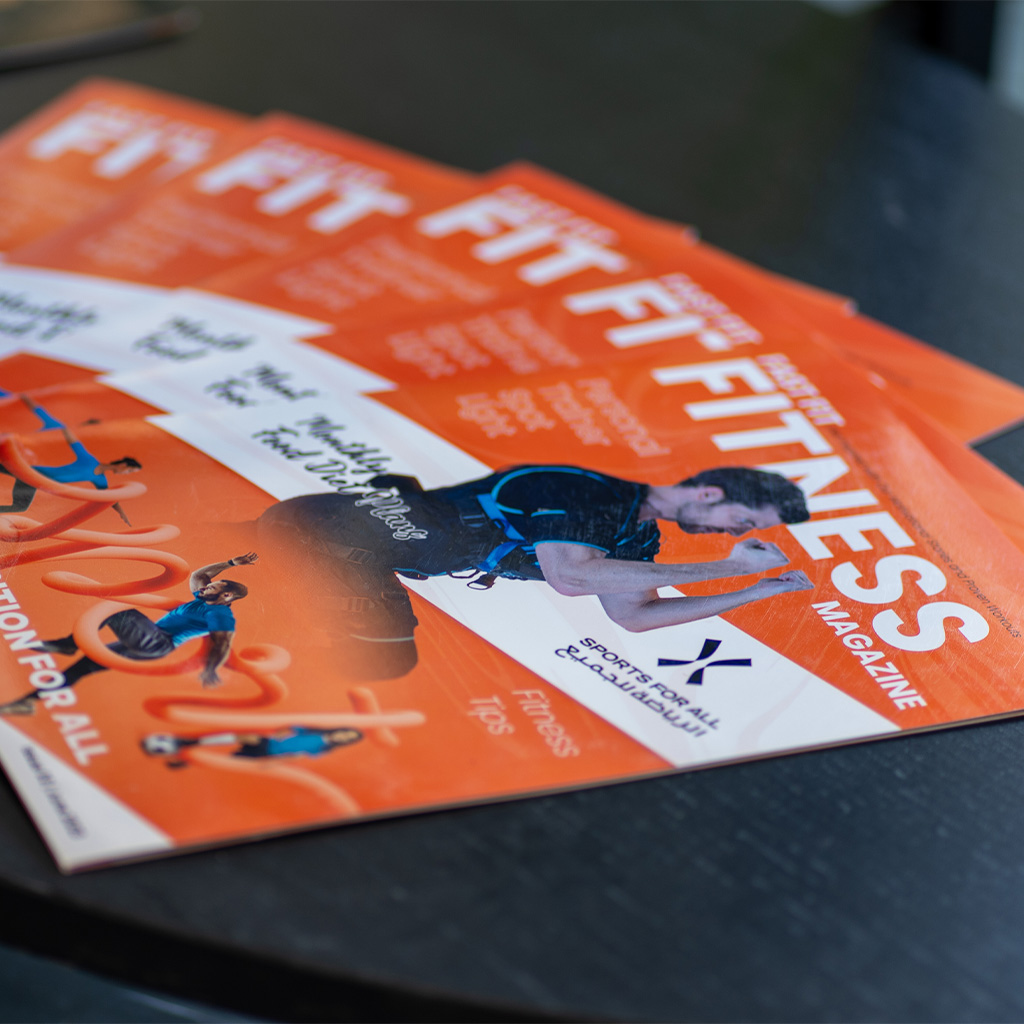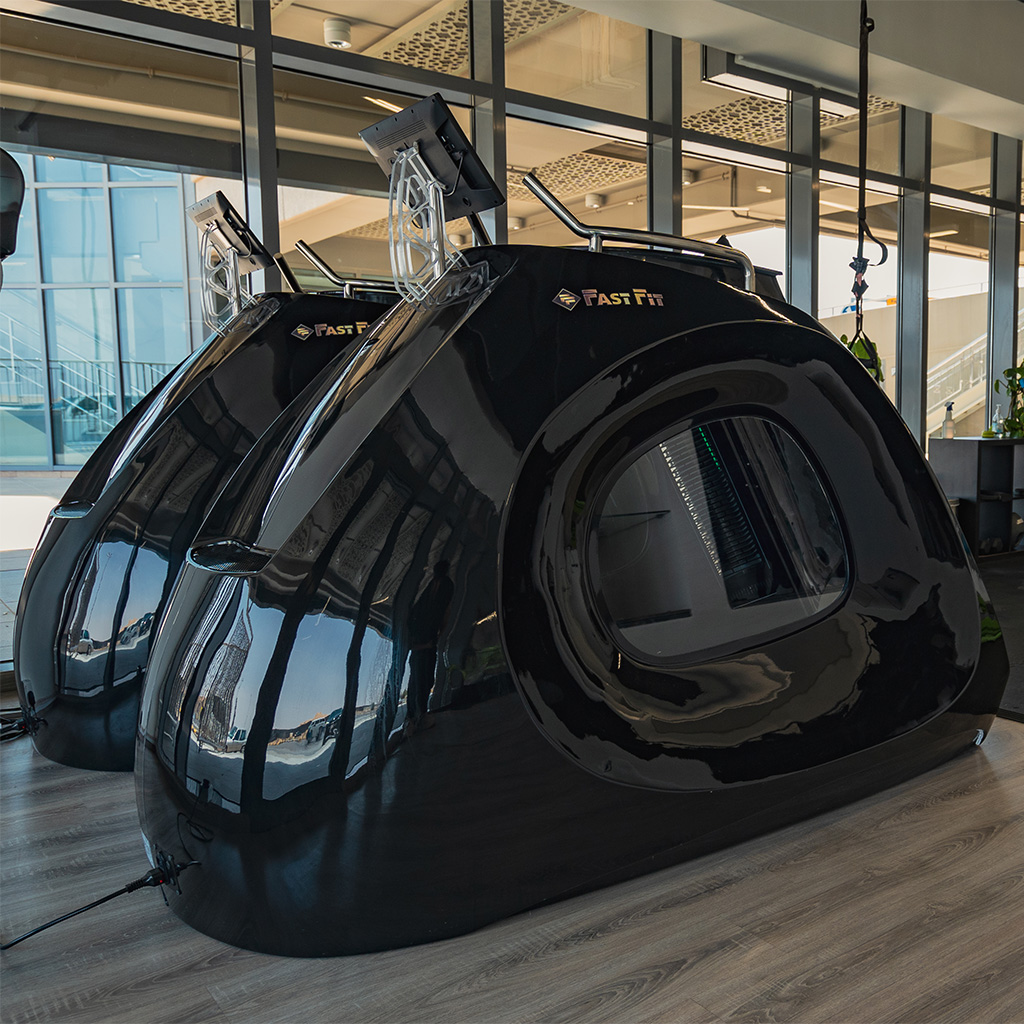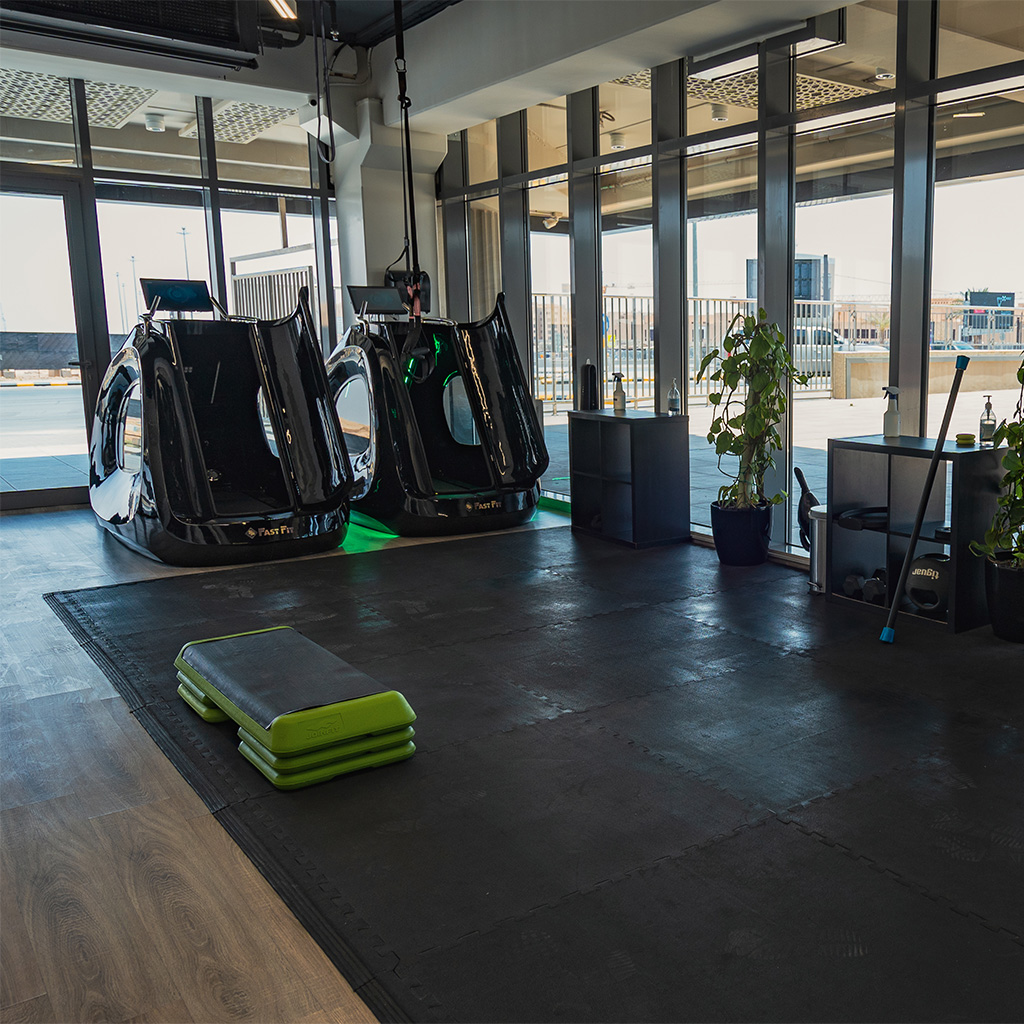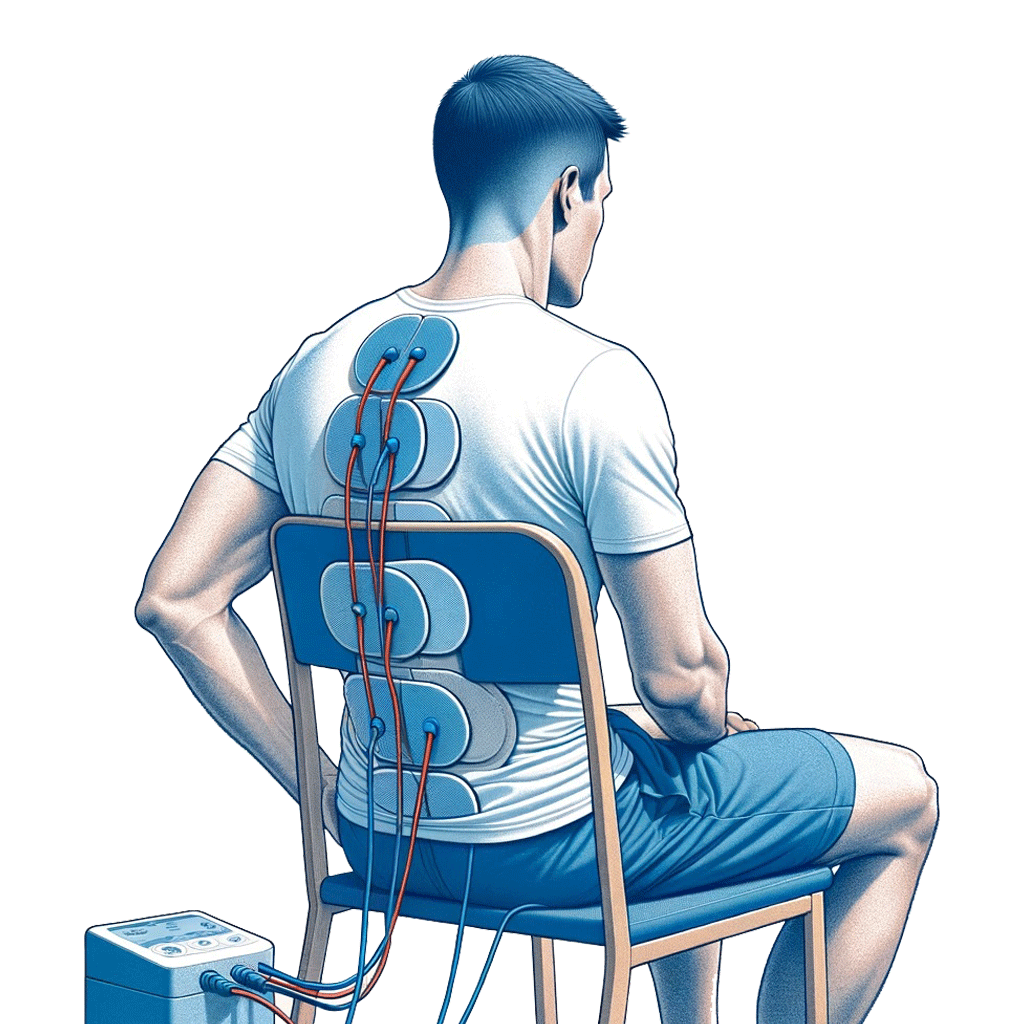
EMS and Back Pain Reduction: Key Studies
There are studies that have investigated the potential of Electrical Muscle Stimulation (EMS) in helping to reduce back pain. Here are a couple of examples: Effectiveness of Neuromuscular Electrical Stimulation and Transcutaneous Nerve Stimulation on Lower Back Pain in People With Lumbar Disk Herniation: This study, published in the Journal of Clinical Medicine Research, compared the effectiveness of neuromuscular electrical stimulation (NMES) and transcutaneous nerve stimulation (TENS) in reducing lower back pain in individuals with lumbar disk herniation. The results showed that both NMES and TENS were effective in reducing pain, but NMES was more effective in improving muscle strength and function, leading to greater improvements in functional outcomes. (Source: Kim Y, Kim H, Kim K, Lee T. Journal of Clinical Medicine Research. 2020; 12(1): 43–49.) Effects of Neuromuscular Electrical Stimulation on Pain, Disability, Quality of Life and Muscle Strength in Patients With Chronic Low Back Pain: This study, published in the Journal of Physical Therapy Science, investigated the effects of neuromuscular electrical stimulation (NMES) on pain, disability, quality of life, and muscle strength in patients with chronic low back pain. The results demonstrated that NMES was effective in reducing pain and disability, improving quality of life, and increasing muscle strength in individuals with chronic low back pain. (Source: Ribeiro DC, Aldabe D, Abbott JH, Sole G, Milosavljevic S. Journal of Physical Therapy Science. 2016; 28(3): 841–849.) These studies suggest that EMS, particularly neuromuscular electrical stimulation (NMES), may be a beneficial adjunctive treatment for individuals with back pain.


